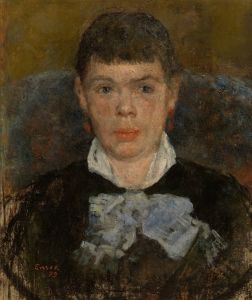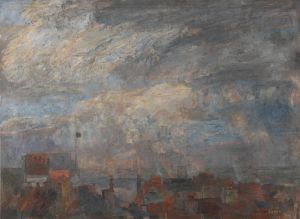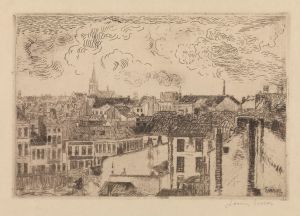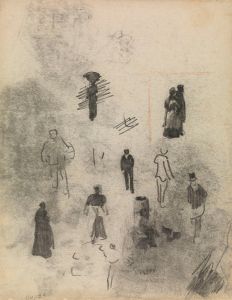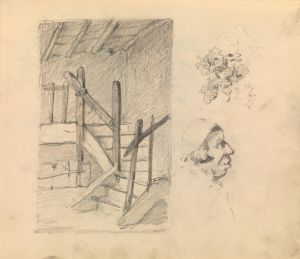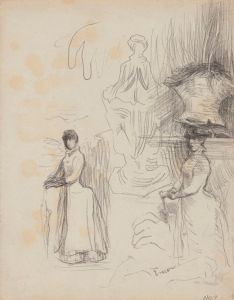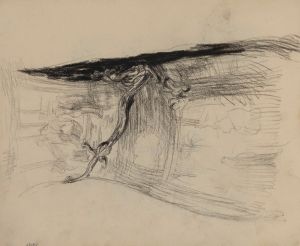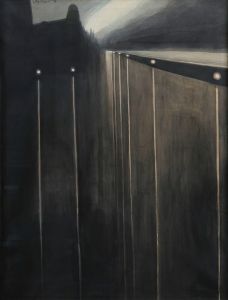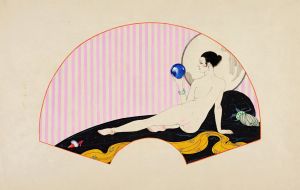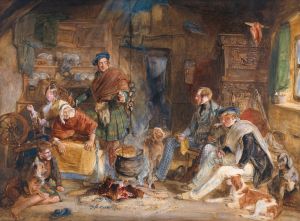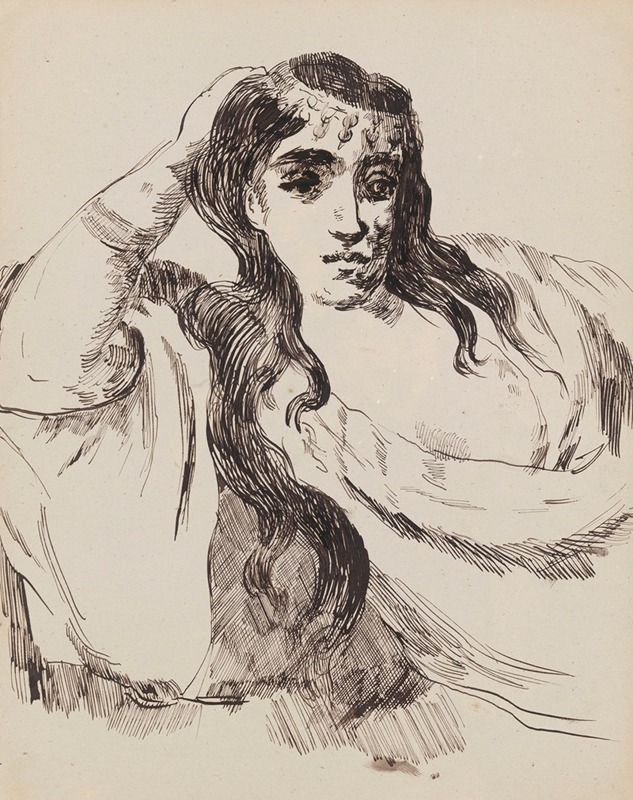
Odalisque
A hand-painted replica of James Ensor’s masterpiece Odalisque, meticulously crafted by professional artists to capture the true essence of the original. Each piece is created with museum-quality canvas and rare mineral pigments, carefully painted by experienced artists with delicate brushstrokes and rich, layered colors to perfectly recreate the texture of the original artwork. Unlike machine-printed reproductions, this hand-painted version brings the painting to life, infused with the artist’s emotions and skill in every stroke. Whether for personal collection or home decoration, it instantly elevates the artistic atmosphere of any space.
James Ensor's "Odalisque" is a notable work by the Belgian painter, who is renowned for his unique style that blends elements of Impressionism, Symbolism, and Expressionism. Ensor, born in 1860 in Ostend, Belgium, was a pivotal figure in the development of modern art in Europe. His work is characterized by its bold use of color, innovative techniques, and often satirical or fantastical subject matter.
"Odalisque" is one of Ensor's intriguing pieces, though it may not be as widely recognized as some of his other works like "The Entry of Christ into Brussels in 1889." The term "odalisque" traditionally refers to a female slave or concubine in a harem, a popular subject in 19th-century art, often depicted in a reclining pose. This theme was explored by many artists, including Jean-Auguste-Dominique Ingres and Henri Matisse, who portrayed the odalisque with an exotic and sensual allure.
Ensor's interpretation of the odalisque theme, however, is likely to diverge from the traditional representations, given his penchant for satire and the grotesque. While specific details about the painting "Odalisque" by Ensor are scarce, it can be inferred that his approach would involve a unique twist, possibly incorporating elements of his signature style, such as vivid colors, expressive brushwork, and perhaps a touch of the macabre or the absurd.
Ensor's broader body of work often critiques societal norms and explores themes of mortality, identity, and the human condition. His paintings frequently include masks, skeletons, and carnival imagery, reflecting his fascination with the theatrical and the uncanny. This thematic focus might also influence his depiction of an odalisque, potentially transforming the traditional subject into a commentary on the nature of beauty, desire, or power dynamics.
The context of Ensor's life and career further informs his artistic choices. Living in Belgium during a time of significant social and political change, Ensor was part of the avant-garde movement that sought to challenge conventional artistic norms. He was associated with the group Les XX, which promoted innovative art and provided a platform for artists who defied traditional boundaries.
Ensor's work, including "Odalisque," is housed in various collections and museums, with the Royal Museum of Fine Arts in Antwerp and the Getty Museum being notable institutions that hold his pieces. His influence extends beyond his lifetime, impacting later artists and movements, particularly in the realms of Expressionism and Surrealism.
In summary, while specific details about James Ensor's "Odalisque" are limited, understanding his artistic style and thematic interests provides insight into how he might have approached this subject. Ensor's legacy as an artist who challenged norms and embraced the fantastical continues to resonate, making his work a subject of enduring interest and study in the art world.






![Street scene in Cairo. [Title vignette, vol. 3]](/imgs/217627/s/david-roberts-street-scene-in-cairo-title-vignette-vol-3-2a84db8.jpg)
